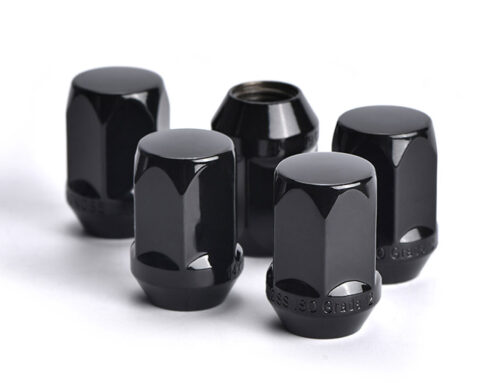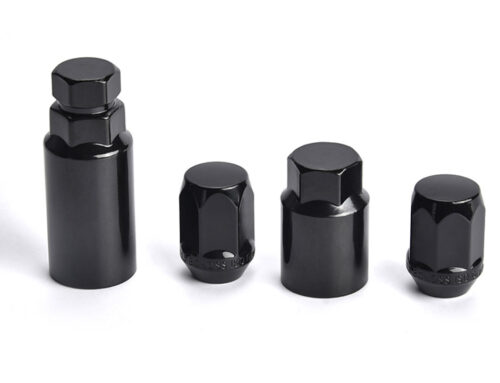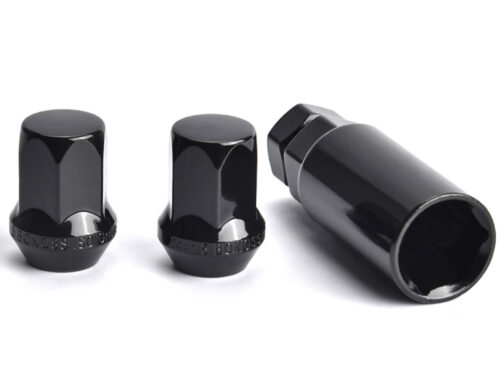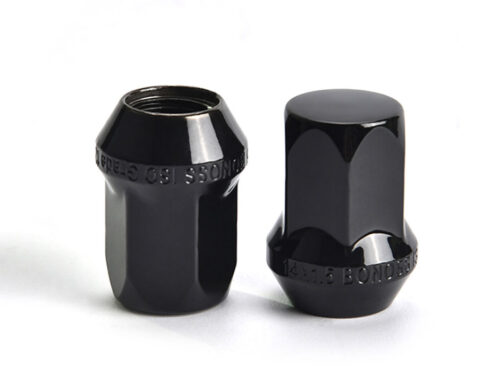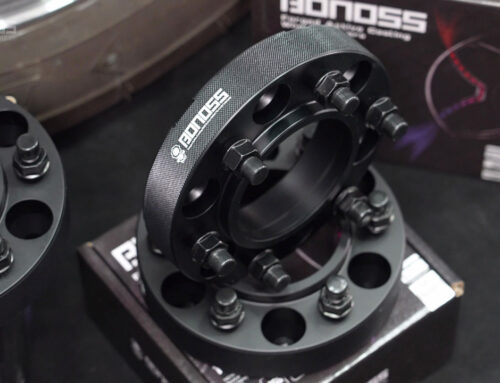Generally, wheel spacers are used to widen a vehicle’s stance. This is done by creating additional space between the vehicle hub and the wheel. Essentially, the distance that each wheel moves outward is equal to the thickness of the spacer that is used. Wheel spacers are available in various thicknesses, sizes, and bolt patterns. This makes it possible for you to control how far out your wheels can be. According to the structure, they are divided into bolt-on spacers and slip-on spacers. In many cases, the use of slip-on spacers requires one to purchase aftermarket longer studs for the proper thread engagement. Using wheel spacers (or wheel adapters) has now become a common practice among many modification enthusiasts. As long as you use reputable spacers and correctly installed them, not only are they safe, but they can end up making your vehicle safer than the stock setup too.
Are Wheel Spacers Safe to Use?
Yes. Since the weight of a vehicle is not sustained by its wheel studs/bolts, the use of wheel spacers is considered to be safe. The vehicle’s wheels are actually fastened to the corresponding wheel hub by a clamping force achieved by tightening the lug nuts/bolts of each wheel. This allows all forces to be transmitted through each vehicle’s hub and its corresponding axle. Therefore, the weight of the vehicle will not be placed on any wheel spacers that are installed. On the contrary, the wheel spacers simply serve as an extension of the original wheel hub surface. To improve the safety of wheel spacers, it is recommended to only get wheel spacers that are produced by a reputable manufacturer, and that are constructed from aircraft-grade (or higher) billet aluminum. Additionally, it is critical to ensure your factory studs are long enough for the proper thread engagement. If not, you’ll either need to change to thinner spacers or get longer and stronger studs installed.
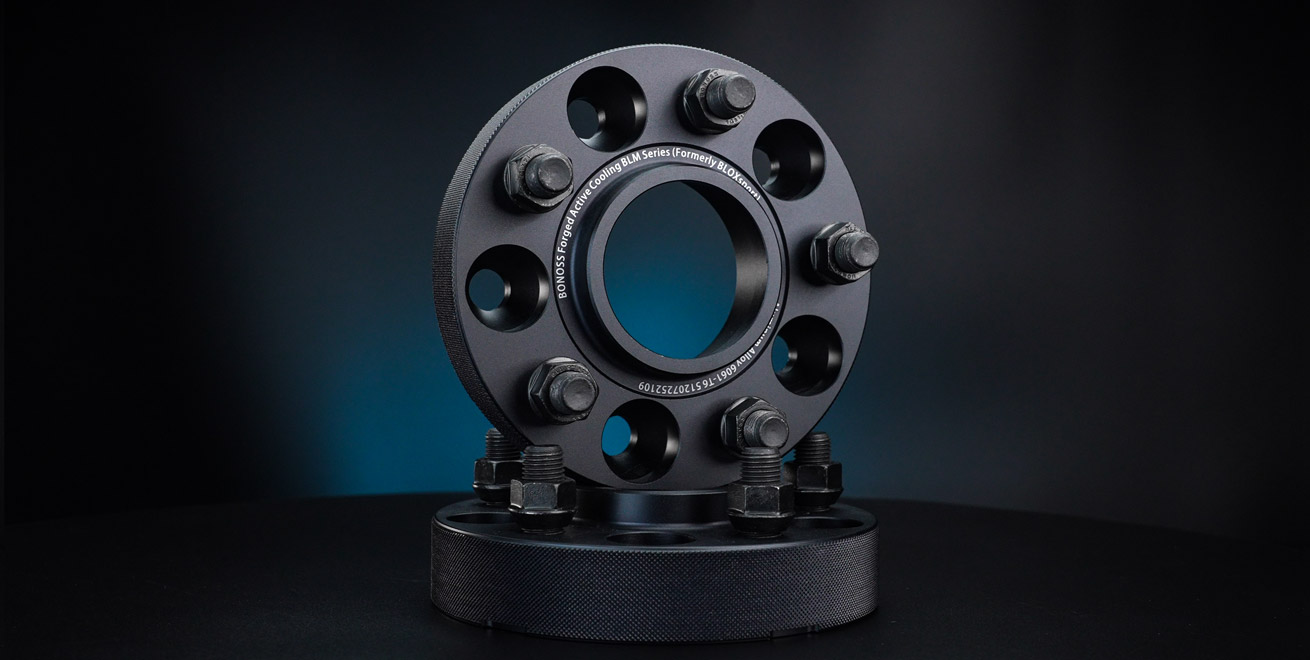
How to Install Wheel Spacers Safely?
Properly installing wheel spacers is paramount to ensuring the safety of your vehicle. Here is our installation reference. Typically, it is not recommended that you try installing them on your own if you are not a professional or under the guidance of a Qualified Mechanic. Properly torquing the lug nuts/bolts according to the correct specifications is also critical to keep safe. An improper installation, for example, untightened lug nuts (the clamping force is not enough) or overtightened lug nuts (the stud has been stretched past its tensile strength limit, so the clamping force has gone away) will cause most wheel spacer failures. Find a suitable balance in the level of tightness and the stud will remain strong, providing the greatest possible force to keep the wheel attached to the hub. It is always a great idea to regularly inspect and give the spacers another check after 100 miles of driving to make sure they’re still in place well and the lug nuts/bolts are tight.

